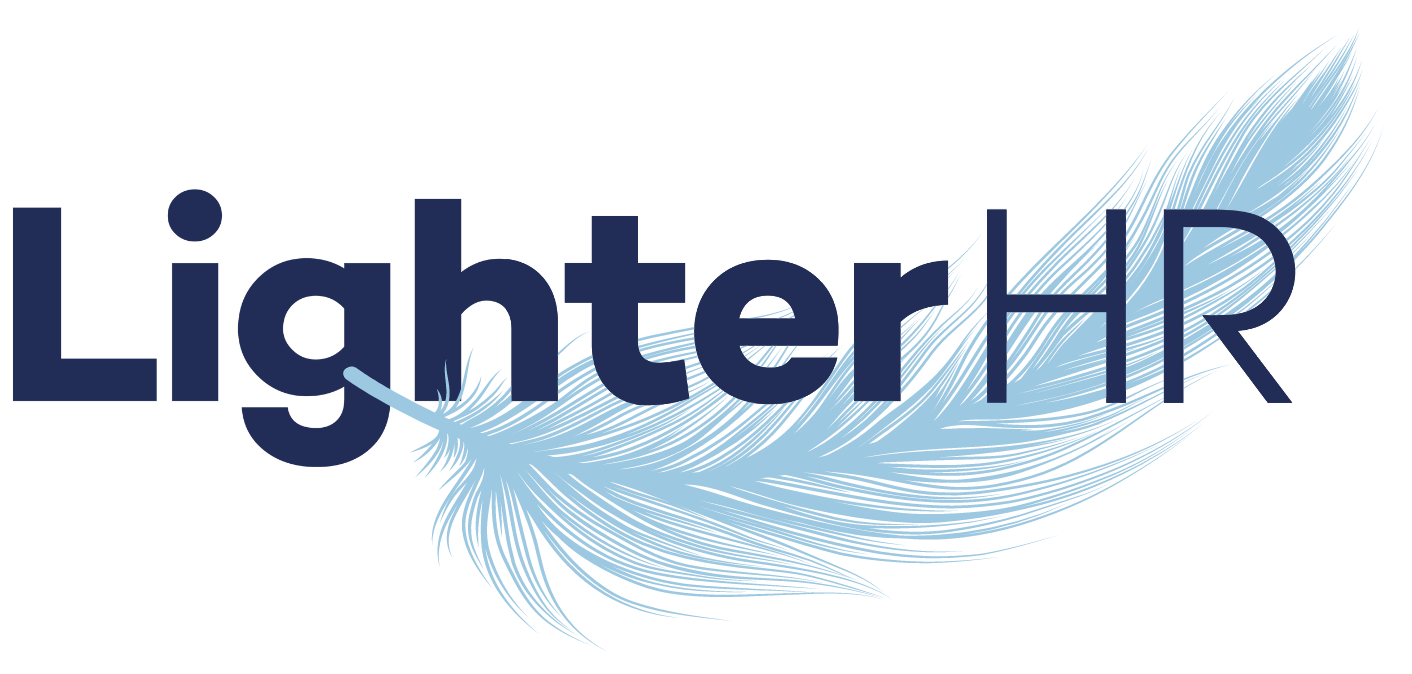Gone are the days when you could point to your Equality Policy and say “There you go. We say we’re an equal opportunities employer and therefore we are one.” Expectations of your employees and potentially your clients are changing when it comes to equity, diversity and inclusion. In this post we explore what you, as an employer, can and should do.
We have experience of setting up, running and analysing Diversity and Inclusion surveys, running Diversity and Inclusion training, and helping to identify ways in which organisations can attract more diverse talent.
If you would like any help in relation to your diversity and inclusion policies and practices then give us a call on 0203 535 5750.
1. What’s the Difference Between ‘Equality’ and ‘Equity, Diversity and Inclusion’?
The Equality Act 2010
Equality in the workplace has been something that employers have been aware of for many years. The Equality Act 2010 looked to ensure that a wide range of people were protected from discrimination, harassment and victimisation in the workplace.
The legislation covers an individual’s “protected characteristics”, which include age, disability, gender reassignment, marriage and civil partnership, pregnancy and maternity, race, religion or belief, sex, sexual orientation.
The legislation ensures legal protection, in both the workplace and society as a whole, for individuals with a particular protected characteristic being treated less favourably than others.
However, ensuring that there is legal recourse for discriminatory treatment is one thing but is it enough?
So What’s Different with Equity, Diversity and Inclusion?
Equity, Diversity and Inclusion goes further than Equality.
Equality looks to ensure that people do not suffer detriment due to their protected characteristic. Equity, Diversity and Inclusion places positive value on difference, and understands that having a diverse workforce adds real value to a business.
In addition, Equity, Diversity and Inclusion looks to ensure that everyone is made to feel welcome and comfortable in the workplace and is able to be their authentic self.
Equality is more aligned to legal protection, whereas Equity, Diversity and Inclusion is a move towards saying “It’s a given that I won’t be treated less favourably because of a protected characteristic but what are you doing to make sure that people like me feel included? Do you really value the perspective that I can bring?”
Equity, Diversity and Inclusion is about developing a diverse workforce because you value the different perspective that it brings rather than because legislation tells you that you must.
2. How Do I Hire a Diverse Workforce Without Being Discriminatory?
You completely agree that a diverse workforce would add real value to your business. But then you look around the table and realise that your workforce has very little diversity in it. So, what can you do?
The first thing to remember is that positive discrimination is illegal in the UK under the Equality Act. This is because the Equality Act supports equal opportunity for all.
But what you can do is look at your hiring processes and see what you are doing to attract talent from a range of diverse backgrounds.
- If you’re using recruitment agencies, engage with them to understand how they go about attracting applicants.
- Where are they advertising?
- What are their policies on diversity and inclusion?
- What are they doing to ensure that they attract candidates from a more diverse background?
- If you are recruiting directly, think about where you are placing your adverts.
- Are their additional websites, publications that you could be using that might reach a broader demographic?
Think about the requirements that you’re placing on your adverts. If you’re asking for a degree when the role really does not require one, are you placing an unnecessary barrier for applicants from particular backgrounds? If you’re working in a sector where there is currently little diversity and insisting that people must have sector experience, are you again limiting your chances of attracting diverse candidates?
You need to challenge your thinking and previous practices and give careful consideration about what steps you could take to make sure that you attract applications from a wide demographic. Only by attracting applications from a wide demographic can you start to improve the diversity in your workforce.
3. We Have a Diverse Workforce But How Can I Ensure We Avoid Saying the Wrong Thing?
This is such a common concern, not just with employers but in society as a whole.
People become so concerned about making sure that they use the right terminology when engaging with someone who isn’t just like them that everything starts to feel awkward and useful conversations don’t happen just in case the wrong thing is said.
As an employer, one thing you can do is look to create a culture that understands that everyone is different and actually, just because someone belongs to a particular group in society, it does not mean that everyone in that group shares the same views and opinions and wants to be treated in the same way.
Engage with people as individuals.
The other thing that you can do as an employer is create a culture where people don’t look to take offense. Create a culture where people treat each other with respect and understand that if someone says something that offends them but where it’s clear that it is clumsy use of language rather than something that is being said with malice, they should calmly explain why they are upset by the comment.
It’s no one’s job to educate others on behalf of an entire community but it is everyone’s job to educate others about what we find personally acceptable and unacceptable.
4. We Have a Diverse Workforce But How Do I Know If I’m Creating an Inclusive Environment?
Diversity in your workforce is fact.
You can easily measure the demographic spread of your workforce and then tick the box that says you’ve created a diverse workforce. But that’s just the starting point. It’s good to have a diverse workforce but, if employees from different backgrounds have a more or less positive experience of working for your company, you have not achieved inclusion.
For Smaller Employers
If you are a small employer, you would be best to focus on individual workplace experience.
Don’t worry about understanding whether a particular group has a different experience working for your organisation as you won’t have sufficient data, just focus on whether individuals enjoy working for your company.
For instance, you could ask them questions about how they find working for the company and changes that they think would make their work experience better during their appraisal.
For Employers with 50 or More Employees
One of the best ways to monitor your achievements with both diversity and inclusion is by running annual Diversity and Inclusion surveys.
With a Diversity and Inclusion survey, you ask an opening set of questions regarding demographic background of the respondent, you then ask a set of questions regarding experience in the workplace and then you look to see whether there is any link between the experience in the workplace and the demographic background of the individual. You look for trends that indicate that employees from a particular group have a more or less positive experience working for your organisation.
There’s a reality that for a survey to be meaningful (and remain confidential) you really need to have 50 plus employees, and you need to get a good response rate. So, for small employers, they aren’t always practical.
5. This All Seems a Lot of Work. Is Improving Our Equity, Diversity and Inclusion Really Worth It?
It’s possible that you’ve read this article with lots of eye rolling and a growing sense of frustration that you need to be thinking about these things. You really just want to run your business and have a team that get on and do their job.
We appreciate that the area of Equity, Diversity and Inclusion can feel like a minefield to navigate and there are times when you can feel like you can’t do right for doing wrong.
But there’s a reality.
Organisations across the world are becoming more and more aware of the need to ensure that their workforce is truly representative of the clients they serve and the society in which they operate. They realise that just making sure that people don’t suffer detriment due to a protected characteristic isn’t enough. In order to compete for both business and talent, it’s likely that the issue of Equity, Diversity and Inclusion is going to have an impact, so engaging with this positively makes good business sense.
Where can you get help with Equity, Diversity and Inclusion?
We at LighterHR have experience of
- setting up, running and analysing diversity and inclusion surveys,
- running diversity and inclusion training, and
- helping to identify ways in which organisations can attract more diverse talent.
If you would like any help in relation to your equity, diversity and inclusion policies and practices then give us a call on 0203 535 5750 or fill in our contact form and we’ll get back to you.
Need HR Support?
Whatever your challenge, we’re here to help. Get in touch and we’ll guide you to the right support for your business.





